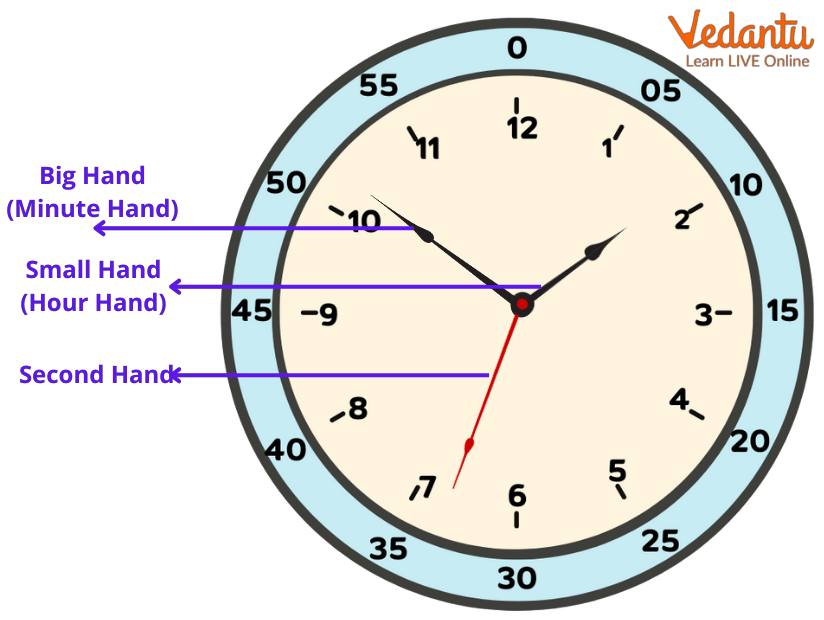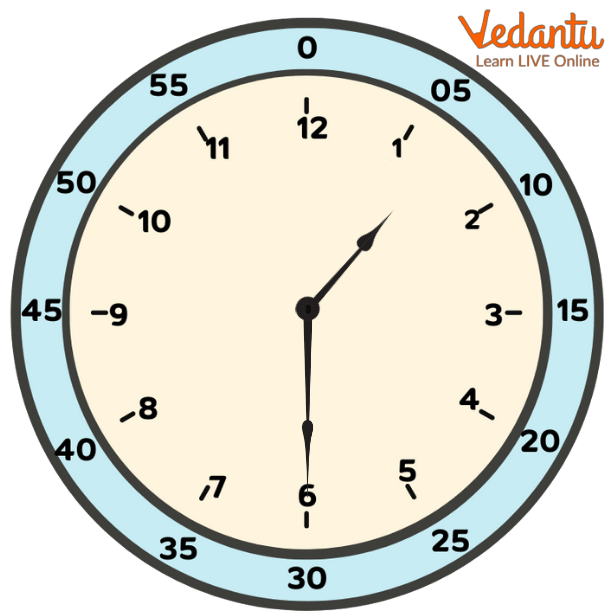




What is a Clock?
It is important for kids to understand the concept of time. It will help kids to better organise themselves, and it will also develop the habit of time management at an early age. In understanding the flow of time, one of the most important things is to understand the clock.
A clock is a mechanical device that provides information about the time of the day and night. The history of the origin of the clock is very fascinating. The analogue watch that we use in the modern-day has developed from the prototypes of sand dials. It is interesting to note that people used to calculate time with the help of shadows. Needless to say, the clock is a valuable invention. This article discusses the features of a clock, it provides kids with a minute and hour hand definition.
What is an Analogue Watch?
Before discussing the hour and minute hand definition, kids must understand what an analogue watch is. An analogue watch is a tool used to give time. It has three hands or pointers, based on the position of these hands at a particular time of the day.
The longest hand is called the second hand, the hand shorter than the second hand is known as the minute hand and the smallest hand represents the hour hand. As the name suggests, the second hand represents the seconds, while the minute and the hour hand represents the minute and hour of the day respectively.
It is important to note that the hour hand completes the round of the clock every 12 hours. The clock has markings from 1 to 12, these markings represent the hours of the day. The hands of the clock point at the markings and based on its time is calculated.

The Hour, Minute and Second Hand of the Clock
Reading an Analogue Watch
Since we have learnt about the hour hand definition, let us learn how to calculate time based on the hour hand and minute hand. The clock has 12 markings starting from the top. We can see 1 to the right of the number 12. The numbers will advance from 1 to 12 if you follow them from right to left.
The gap between the two consecutive numbers like 1, 2, 3 represents the 5-minute segment. Mathematically, these segments can be understood as the multiple of five. Hence, 1 represents 5 minute (1 × 5 = 5), 2 represents 10 minutes (2 5= 10) and so on. This can be better understood by the following diagram.

Clock
In the diagram, the small hand or the hour hand is at 1 which represents it is 1 o'clock, the longer hand, which is the minute hand is at 6. The multiple of 5 (5 6 = 30) is 30. Hence, the minute is 30. Thus, the time shown is 1:30.
In conclusion of the article, we have learnt about the hour hand definition along with the minute hand definition. We have also learnt about the working of the clock. To read and understand more of such elementary topics in Maths for kids, visit our website today!
FAQs on Clock - Minute and Hour Hand Definition
1. What is the 24-hour clock?
The 24-hour clock is an alternative clock in which the time is divided into 24 hours rather than the 12-hour division. This type of clock is specifically used in sectors like military, aviation, navigation, tourism, meteorology, astronomy, computing, logistics and emergency services. On a 24-hour clock, 1 pm is represented by 13.00, 2 pm by 14.00 and so on till 12 am which is represented by 24.00.
2. What is a.m. and p.m.?
Ante meridiem is the full form of a.m, and post meridiem is the extended version of p.m. The time preceding noon is described as a.m. the time from midnight to 11:59 a.m. is designated as a.m. The time from the middle of the day till midnight is termed as p.m.











